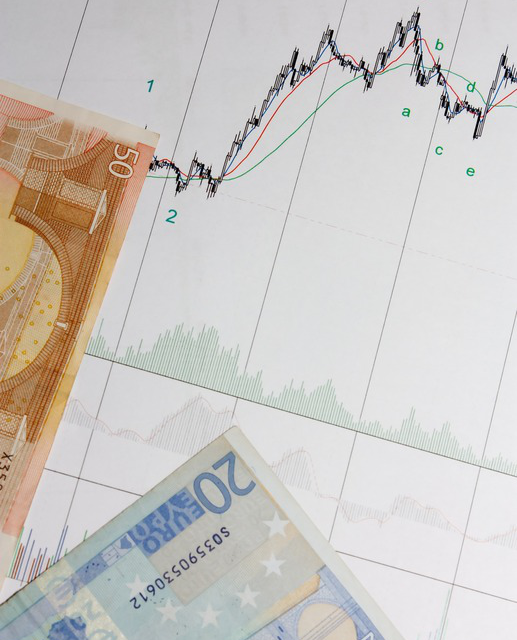June 21, 2017, 12:10:30 PM EST
by Newsmovesmarketsforex Staff Writer
Technical analysis starts by identifying trend lines as early on as possible, but these trend lines or their parallel channel lines are tested by price action at times. That leads to the idea of support and resistance points, these mark where the market finds pressure to move higher or lower, depending on the prevalent trend.
“Support and resistance” is common jargon for experienced forex traders. Simply put, it indicates areas on a Forex chart where price can’t seem to break through. Support & resistance have a number of applications and can be identified in a variety of ways. Mostly traders use these phenomena to manage the inherent risks in their trading strategies. They can also be used to understand market conditions and enter positions for maximum profitability.
Fact of the matter is that understanding support and resistance might be the single most vital aspect of technical analysis for forex traders.
So, What Exactly Are Levels Of Support & Resistance?
Resistance is the level where price doesn’t move any higher because of the selling action of other traders.
The level of support is where price doesn’t move any lower owing to the buying action of other traders.
Spotting these levels of Support & Resistance isn’t exactly science, but it is quite straightforward. It won’t take long before you will be completely comfortable finding these lines on your charts. Here are some things to remember:
- Support and resistance mark psychological trading as chart zones.
- These are used to map out the entry and exit points of a trade.
- Support is found a level below current price. Resistance is above the current price.
- The more these levels are tested, the more traders can rely on them.
- Knowledge of support & resistance also works well with other trading tools to help isolate false trading signals etc.
Determining Market Condition
All traders know: Sell high, buy low!
Experienced trades know: it’s never that simple!!
‘Low’ and ‘high’ are quite relative matters. After all, what’s considered low in the market today might be the insanely high of next month! This is why understanding the levels of support and resistance is so important. Discovering powerful, concurrent levels can be quite favorable for a trader.
Supply and demand plays an effective role in the currency trading markets. Here’s how it works:
Supply = selling & Demand = buying
Of course it isn’t as simple as that but that’s how it begins. Buyers create the demand, and sellers supply. And that’s what gives rise to the perpetual Tug-O-War between the Bulls and the Bear. Bulls are the buyers and the Bears are the sellers. As demand and supply are equal price goes sideways the Bulls and the Bears fight it out for control.
How to Identify Support and Resistance in Trading
Knowledge of support and resistance levels makes it a lot easier to decide when to open and close your forex trades.
If you’d like to learn how to locate these prices, keep reading:
Essentially, support and resistance levels are very simple to locate on the Forex charts. Each bottom on the chart is a prospective support and every peak is a prospective resistance. Observe that I call these prospective i.e. potential and not real. A potential becomes actual support, when the price complies to its level more than once.
If price drops to a level and then goes back up, this area can be considered an eventual point, if the market gets to that level again, it might find opposition. If the price bounces again from this level, there you have confirmation that this level is support. Then we can safely assume that the price is expected to bounce off this support yet again whenever another drop occurs. The same goes for resistance levels.
Many thriving trading systems use support and resistance paired with a number of price action signals to get confirmation about the probability of a trade’s success. Forex traders should be extremely aware that investing or trading in the foreign exchange markets encompasses a great deal of risk and may not be suitable for everyone. Prior to investing money in the Forex market you should access or consider your investment objectives, level of experience and risk appetite. One should only use risk capital, traders should never invest money that you cannot afford to lose.
How to Learn More about Support and Resistance?
Support and resistance are difficult concepts to grasp. But nonetheless these are two of the most highly discussed elements of technical analysis in forex trade. Forex traders should be extremely aware that investing or trading in the foreign exchange markets encompasses a great deal of risk and may not be suitable for everyone. Prior to investing money in the Forex market you should access or consider your investment objectives, level of experience and risk appetite. One should only use risk capital, traders should never invest money that you cannot afford to lose.
The good news is that these subjects can be made easier and more palpable for novice traders, who are just learning to trade. NewMovesMarketsForex is your 24/7 news portal for Forex traders, providing in-depth guidance and information to help you make better, and more profitable sense of your trades! Head on over their website today!







